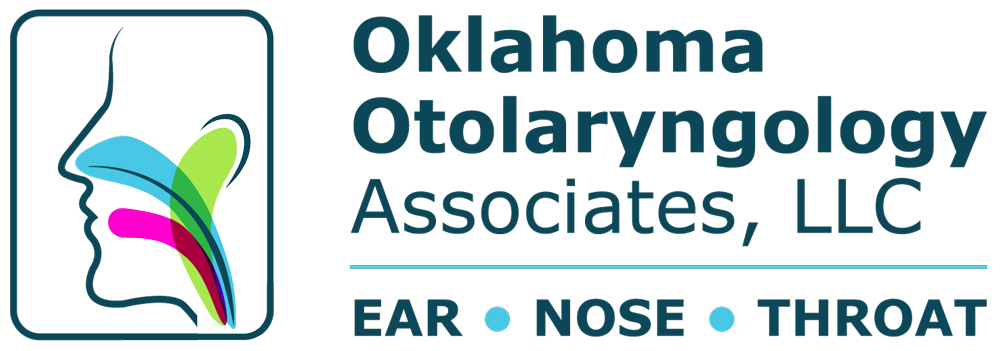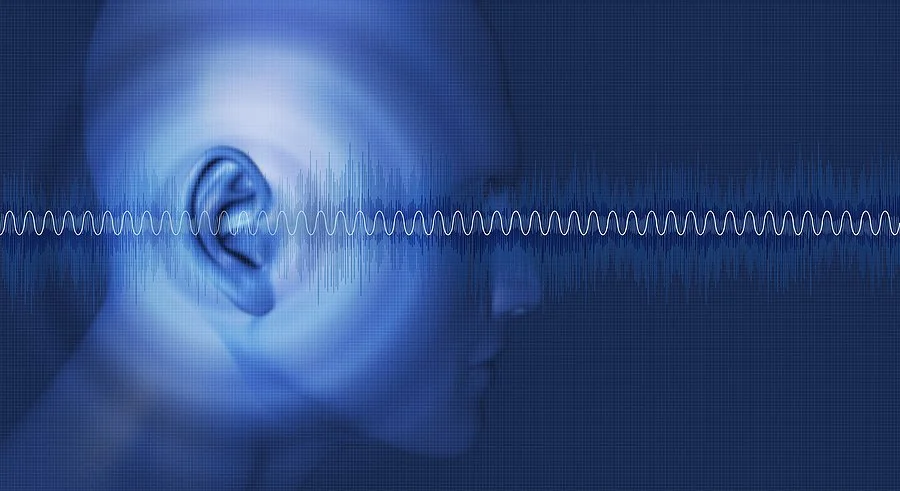Stages of Healing After a Perforated Eardrum: What to Expect
Understanding the perforated eardrum healing stages helps reduce anxiety and ensures proper care. Most people recover in a few weeks, but monitoring symptoms is key.
A perforated eardrum might sound alarming, but in many cases, the body does a remarkable job of healing it on its own. Whether the result of an ear infection, sudden pressure change, loud noise, or physical trauma, a perforated eardrum — also called a tympanic membrane rupture — typically follows a natural healing process. Knowing what to expect during the healing stages can help you feel more confident and informed as you recover.
In the first few days after the injury, symptoms can be unsettling. It’s common to experience sharp or throbbing pain in the affected ear, along with possible drainage of clear fluid, pus, or even a small amount of blood. Many people report a noticeable decrease in hearing, which can feel like muffled or blocked sound. Tinnitus, or a ringing in the ears, may also occur. This early phase is your body’s way of reacting to the tear in the eardrum. During this time, it’s critical to keep the ear dry and avoid putting anything in it, including cotton swabs or earplugs, as this can delay healing or cause infection.
By the second or third week, most people notice that the pain has reduced significantly or disappeared altogether. The body begins forming new tissue at the site of the tear. This is when the eardrum starts naturally closing the hole. For small perforations, healing can be surprisingly fast — sometimes within just a couple of weeks. Larger tears may take longer to close and could benefit from monitoring or additional care from an ENT (ear, nose, and throat) specialist. Occasionally, medical interventions like a patch or surgical repair may be needed if the membrane isn’t healing on its own.
Over the next four to six weeks, the new tissue strengthens and hearing typically improves. As the eardrum continues to regenerate, the sense of fullness or pressure in the ear begins to subside. Most people regain full or near-full hearing and no longer feel discomfort. It’s important to avoid activities that create drastic pressure changes, such as flying or diving, during this healing stage. Similarly, continue to protect the ear from water exposure to reduce the risk of reinjury or infection.
By six to eight weeks, the eardrum has usually healed completely. Normal ear pressure returns, hearing levels stabilize, and the risk of complications is low. Many people make a full recovery with no long-term effects. However, if you’re still experiencing pain, drainage, or hearing issues after this time, it’s a good idea to consult a doctor. Persistent symptoms might suggest that the perforation hasn’t closed or that another issue is at play.
Understanding the perforated eardrum healing stages can help ease worries and provide a clear path forward. With proper care and patience, most cases resolve smoothly and without lasting damage.

